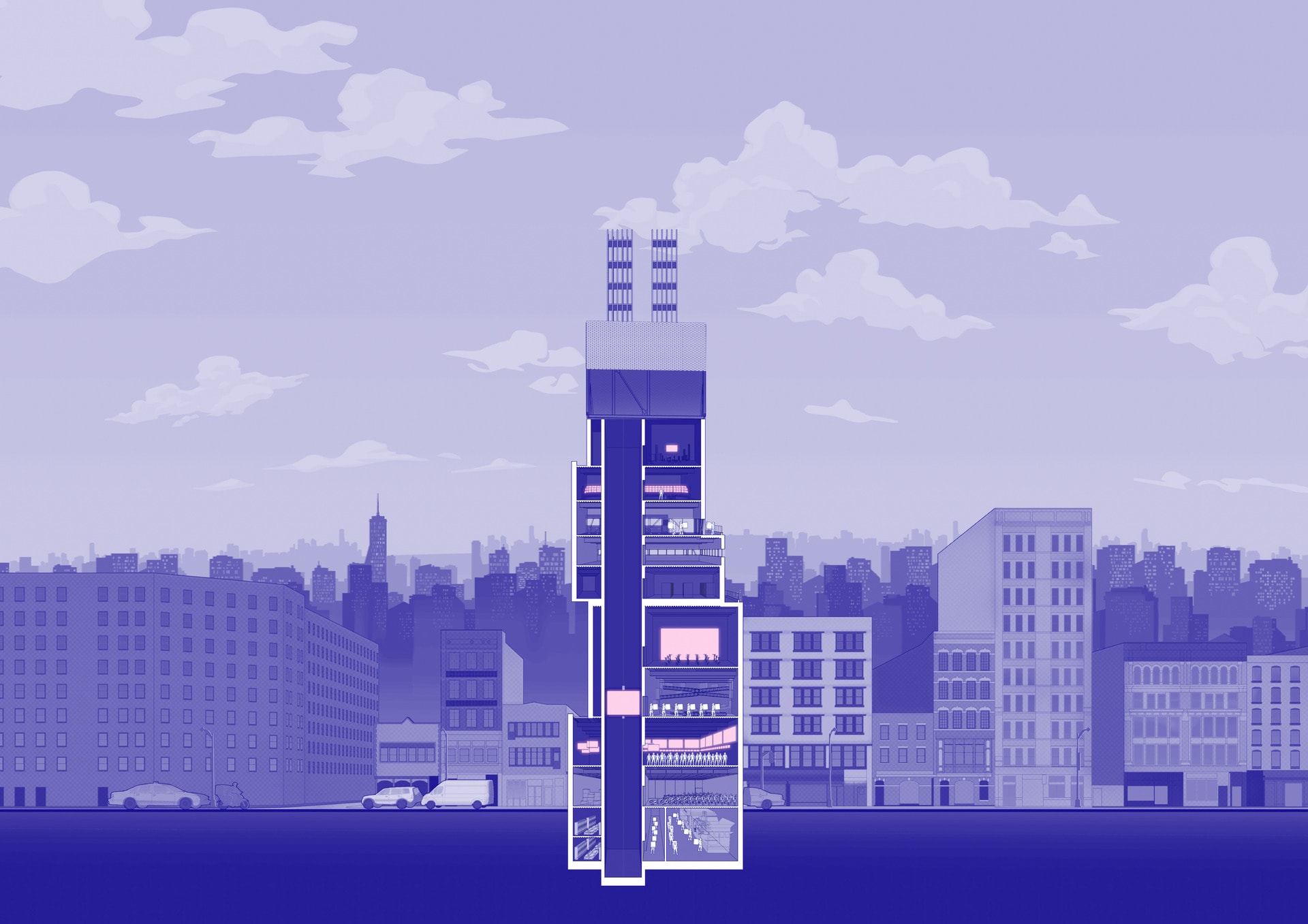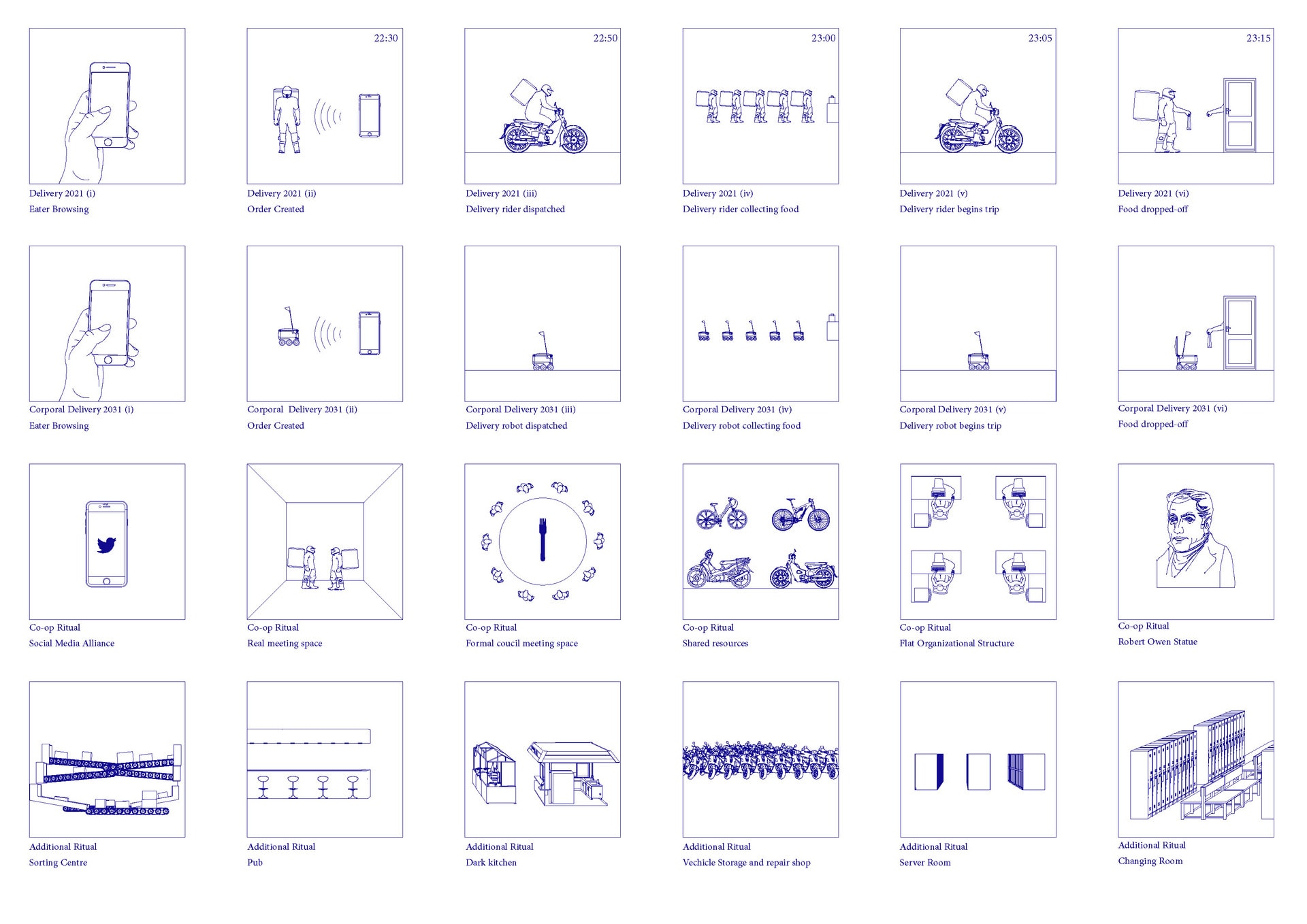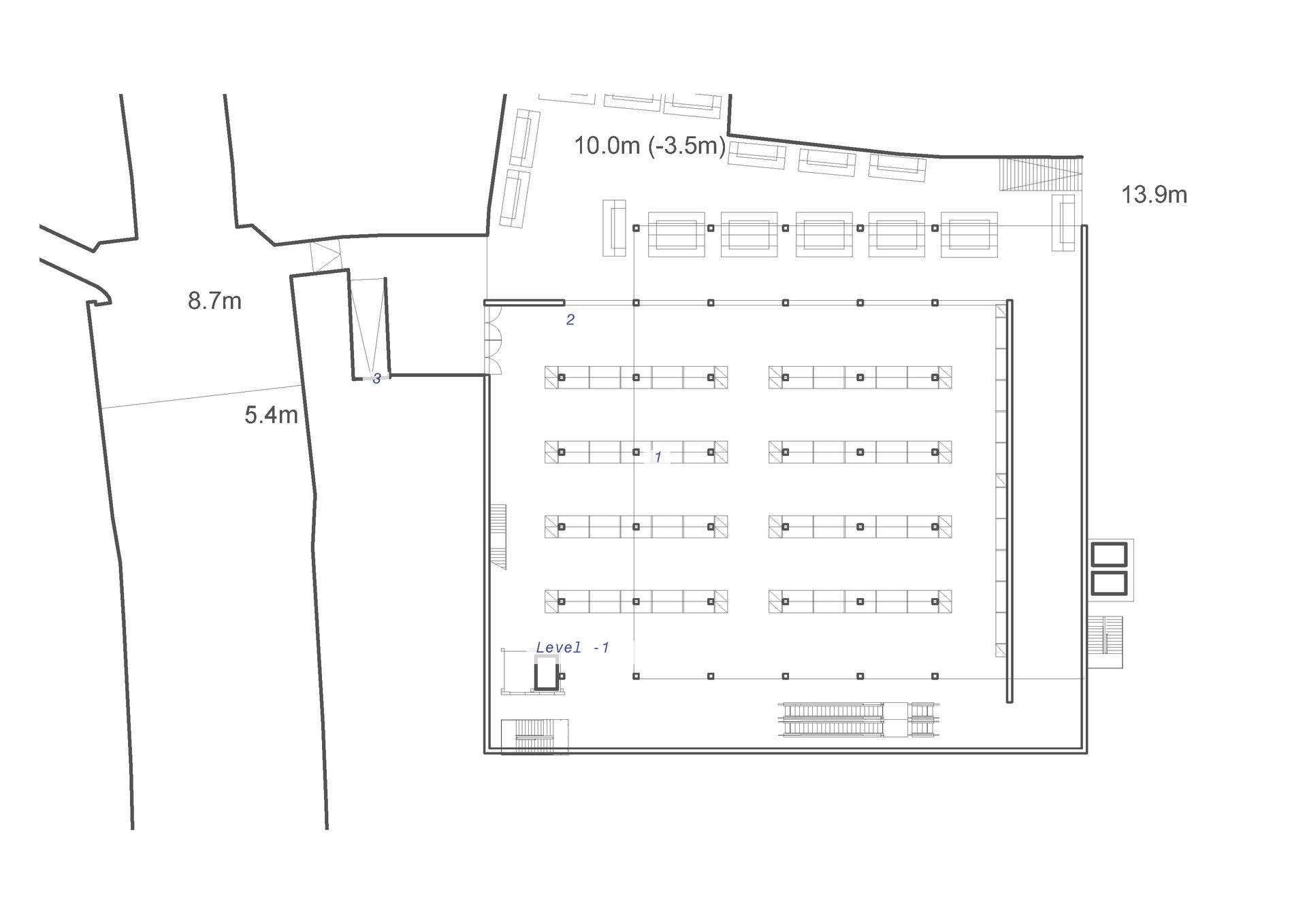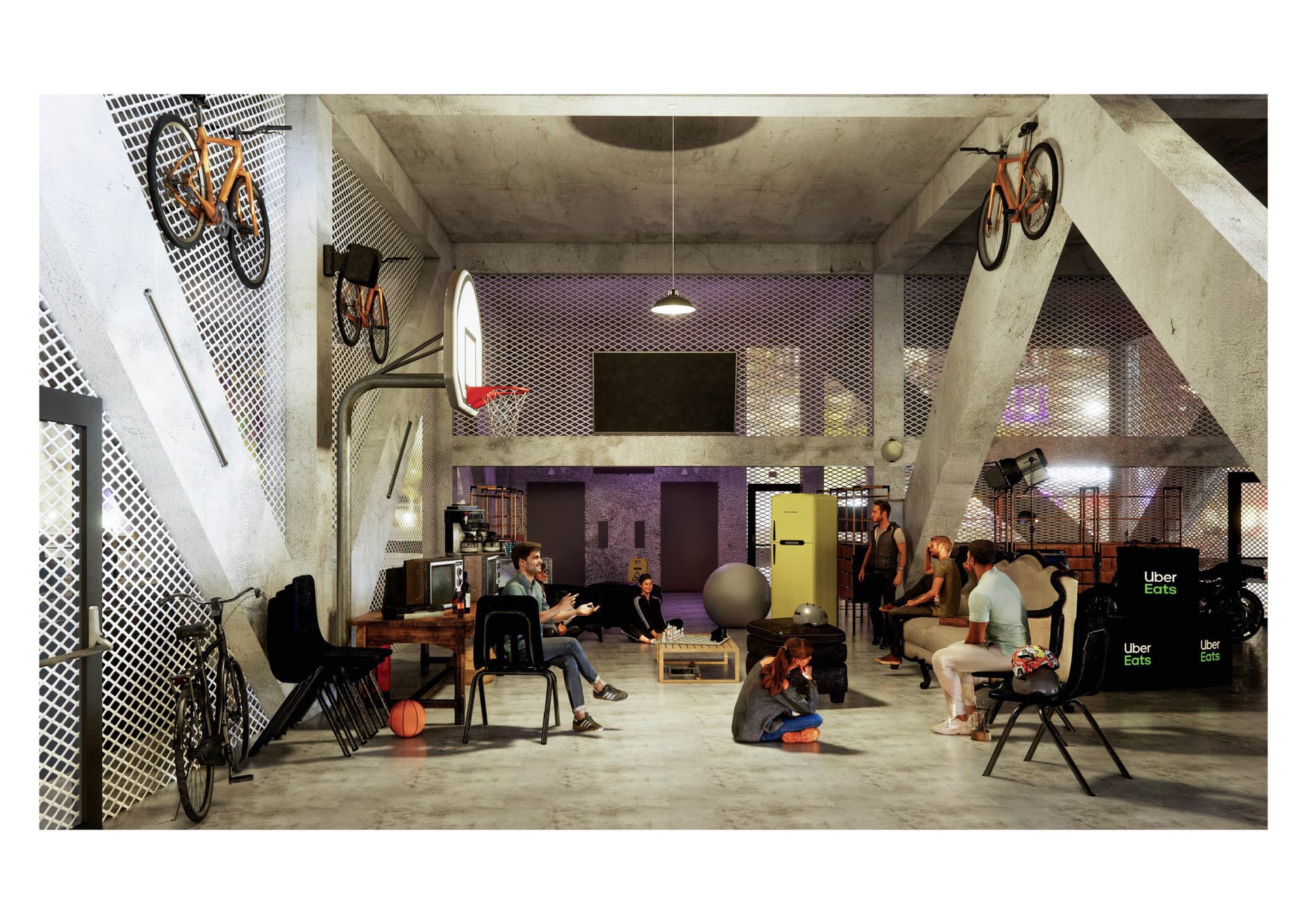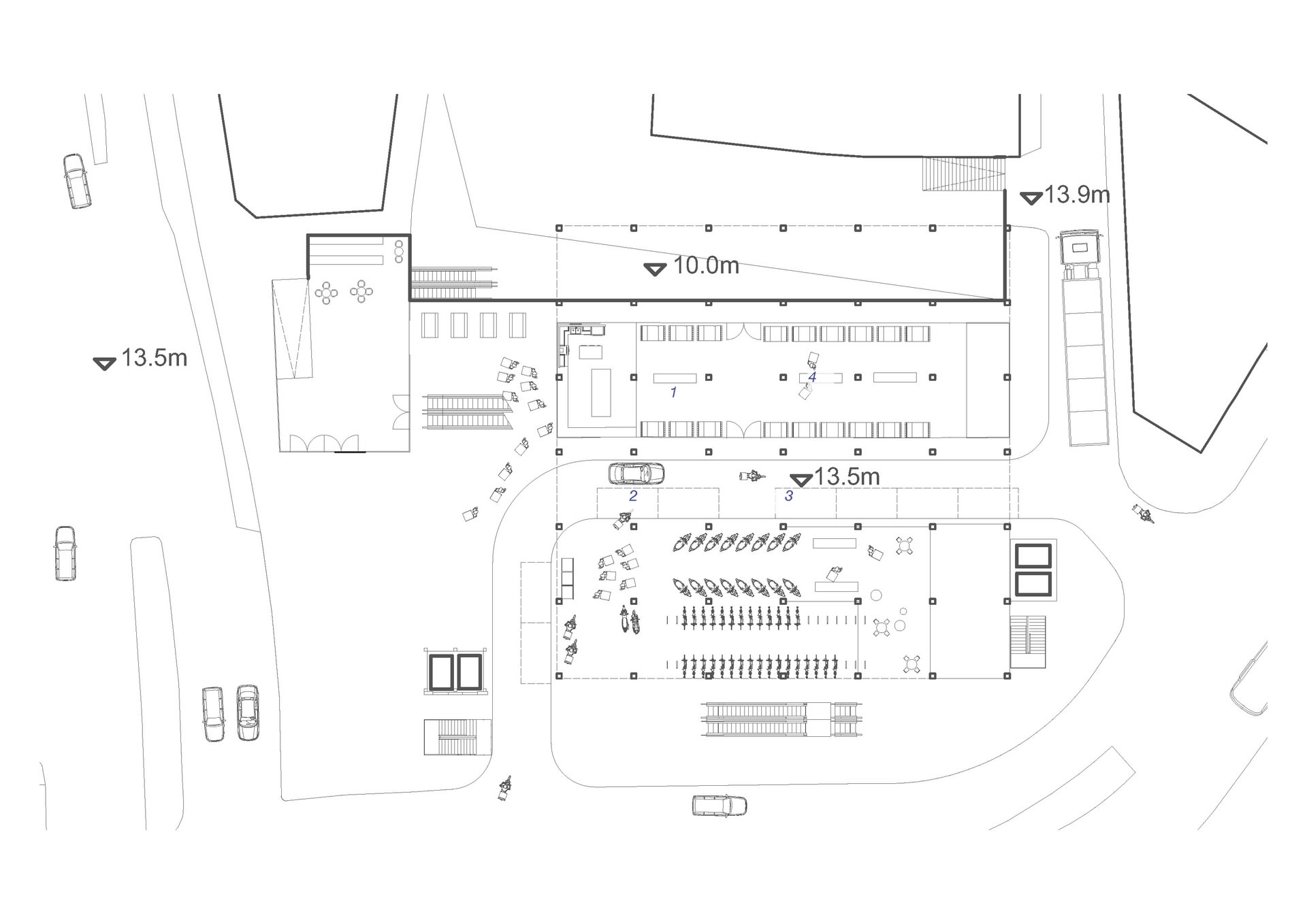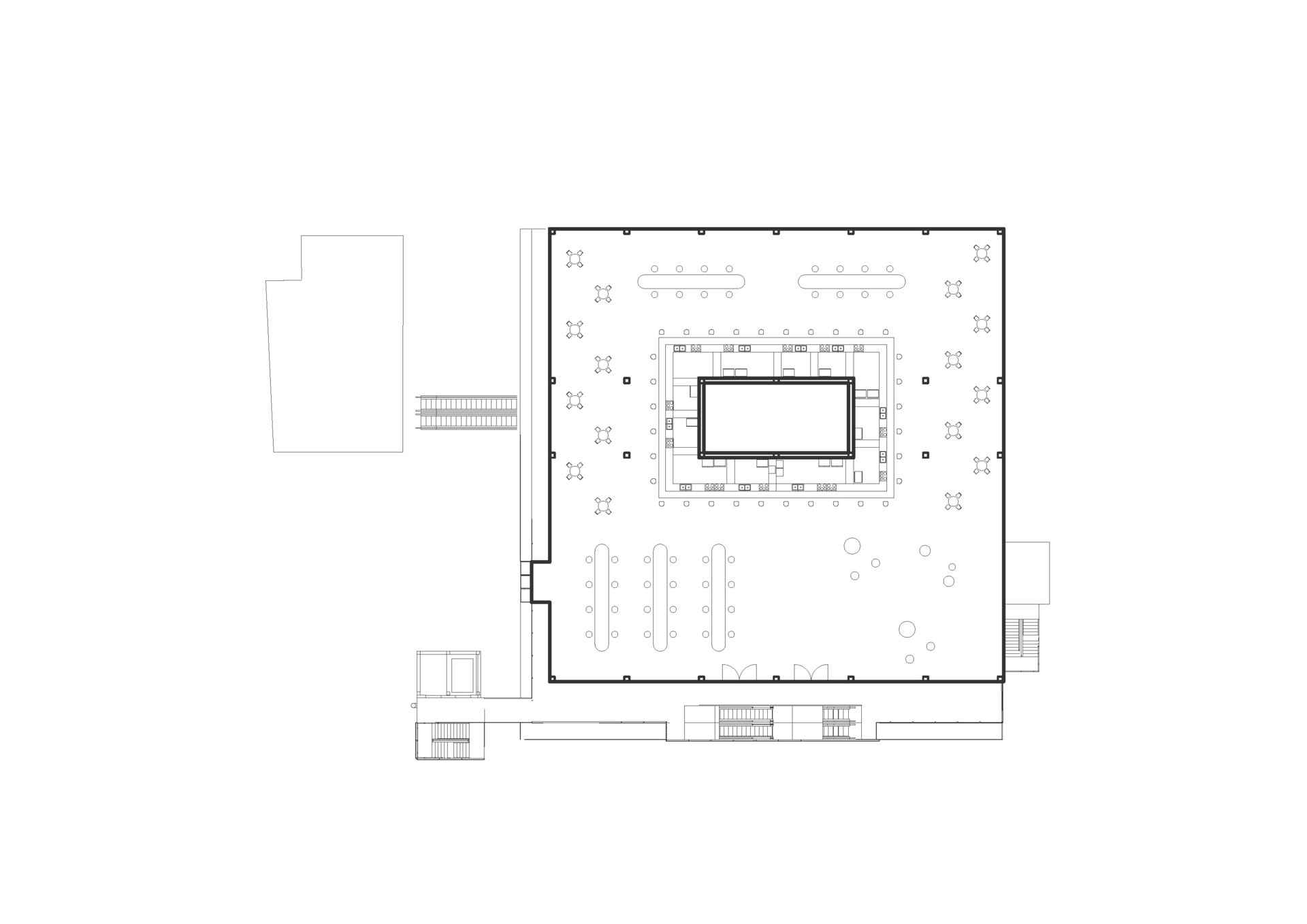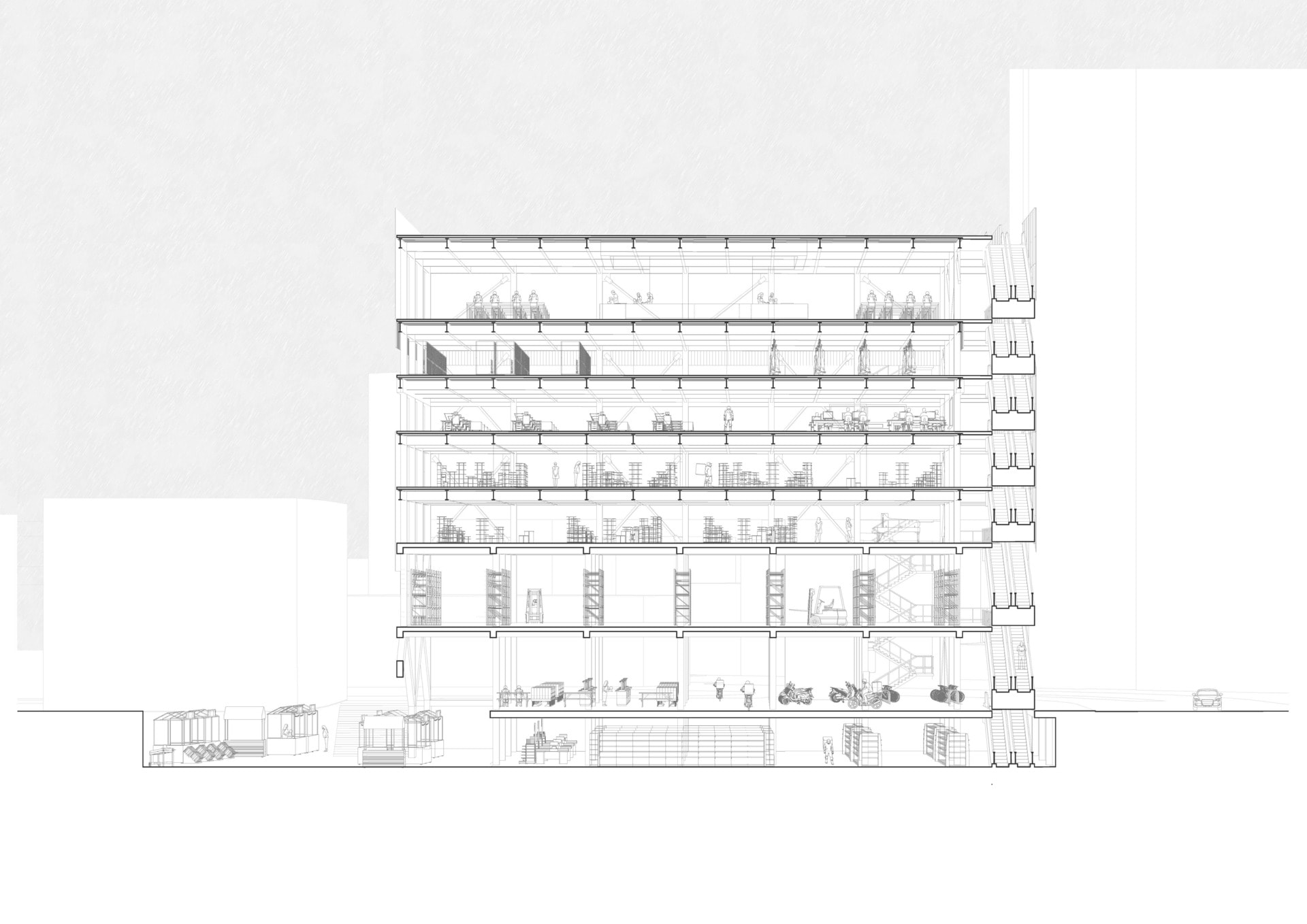Having completed Part I at the University of Cambridge, I chose to work in a couple of different practices in Shanghai, on projects ranging from office, housing to schools and hospitality. In 2019, I came back to the UK to continue my part II education whilst gaining work experience in a local practice.
This year, I am interested in exploring our immediate future – the post-Covid condition, an aftermath of the months in lockdown but also a chance to reimagine our new every day. The project kicked off from looking at a particular community – the delivery riders…
Education
MA Architecture, Royal College of Art
BA (Hons), the University of Cambridge


